General description
A smart retail lighting solution is intended to create a digital ecosystem that transforms the lighting infrastructure from a fixed property to a strategic asset. Following the trends of switching to solid state lighting (SSL), planting intelligence and connectivity into lighting systems and making them actively adapt to people and spaces have brought about yet another revolution.
Lighting is an integral part of business operations as well as visual communication between people that participating in various business activities. Nowhere else does this become as apparent as in retail environments. Harvesting the digital nature of LED lighting and using the Internet of Things (IoT) as the backbone for connected lighting systems allow retail facility operators to control every aspect of lighting for tailoring environments that maximize sales prospects and operational efficiencies.
The introduction of smart lighting into retail facilities not only creates great possibilities for flexibility and variation in the lighting design, but also delivers a stream of data-driven insights that drive resource and process optimization.
Light is a marketing tool
Retail environments range from shopping centers (department stores), big-box retail stores and supermarkets to high end specialty shops, showrooms and outlets. Lighting exerts a huge influence on the operation of any retail business. While energy and maintenance costs tend to get the most attention, how a retail space is illuminated directly affects the shopping environment and ultimately the profitability from sales of merchandise.
A shopping environment is a function of ambient factors, design factors and social factors. Lighting is an active contributor to the ambient and design factors. Ambient factors such as ambient temperature, music, lighting, music, cleanliness and scent drive customers’ cognition toward the shopping environment. Lighting is obviously of critical importance as it sets the mood and general tone of the space. Design factors include functional and aesthetic elements such as architecture, layout, decor, color, and style.
Lighting is a means that is used to express and underline the desired architectural character of the shopping spaces. Lighting also aids customer guidance. Thoughtfully controlled light distribution and enhanced levels of illuminance lead consumers through the retail space in a deliberate traffic pattern. In retail design, the interaction between color and light is a major design consideration which aims to improve visual perception of goods and spaces. Retail lighting is definitely a complex work of art.

Retail lighting must drive sales
A retail environment can be defined by various types of spaces. They generally include sales areas, show windows, entrances and exterior surrounds, and ancillary spaces (e.g., dressing and fitting rooms, rest rooms, lounges, stock rooms, locker rooms, offices, stair ways). While lighting requirements are dictated by the functional needs of the space, a retail lighting design should be aimed to create a cohesive environment such that the overall appearance of the scene is delivered as one continuous panorama and a unified shopping experience is conceived.
The art of retail lighting is much more than simply illuminating a dark space. Great lighting acts as a silent pitch person. It pulls customers into the store and guides them through, supplying optimal lighting to facilitate merchandise evaluation and at the same time showing off the merchandise in a way that stimulates their perceptual and emotional response. The ultimate goal of retail lighting is to engage customers and excite purchases. In addition to quantity of light, a variety of qualitative factors come into play when developing the lighting designs.
Designing an efficient, attractive and sustainable luminous environment necessitates careful consideration on appearance of light (color temperature), chromatic (color) contrast, color rendering, appearance of luminaires (light fixtures), disability and discomfort glare, flicker and strobe, light distribution, modeling of faces and merchandise, and lighting control.
Retail lighting is composed in layers
Since retail lighting is fundamental in visual merchandising and contributes to store and brand differentiation, the characteristics of the lighting applied should help address the critical issues of the shopping experience. Retail lighting design begins with establishing a visual hierarchy in the space. A layered lighting scheme is used to optimizes the space, both visually and functionally. A mix of ambient, task, and accent lighting creates a visual narrative for the space and provides depth and variety for pleasantness, aesthetic appeal, architectural vision, visual and directional cues.
- Ambient lighting, or general lighting, is the base layer of lighting which spreads soft, diffuse and uniform light to make navigating a retail space safely and visually comfortable.
- Task lighting makes use of focused, localized and glare-free illumination to illuminate an area for a specific task. Effective task lighting should allow customers to comfortably and accurately evaluate merchandise and read signs that identify store departments.
- Accent lighting highlights products to emphasize the shape, texture, color and merchandise relative to its surroundings. Through luminous contrast accent lighting creates a focal point, reinforces design aesthetics and provides merchandise an extra dimension.
Aside from the classic layers of light, feature lighting should be added to the lighting scheme. Feature lighting is intended to reveal a store’s most prominent attributes without detracting from the merchandise. It is implemented in forms of rack lighting, shelf and gondola lighting, counter lighting, mirror lighting, showcase lighting, wall-case lighting, model lighting, etc.
Retail spaces demand a highly flexible and dynamic lighting solution
Retail facilities make use of a variety types of lighting systems to execute a layered lighting design. The vast family of retail lighting systems may include downlights, track lights, pendants, chandeliers, troffers, high bay lights, batten lights, wall sconces, profile lights, linear trunking systems, in-cabinet lights, etc. Flexibility is key when working with a layered lighting approach. A static lighting solution in retail environments is obsolete when the industry is embracing flexible store concepts and seeking lighting solutions allowing for fluid modifications of store layouts and visual merchandising.
Retail lighting should effectively mine energy saving opportunities as commercial facilities are prescribed ever lower allowances for energy consumption. How the lighting systems interact with the environment and their users has a huge influence on the energy effectiveness of a large-scale lighting installation. Various control strategies need to be enacted to satisfy visual needs of customers and energy management needs of facility managers. These strategies include personal tuning, occupancy sensing, daylight harvesting, time scheduling, institutional tuning, demand response, lumen maintenance dimming, and adaptive compensation. Lighting controls provide the functions of on/off switching and/or dimming to support the lighting design and accomplish these strategies. However, the cost and complexity of managing a large number of light fixtures operating in different layers and different locations are overwhelming.
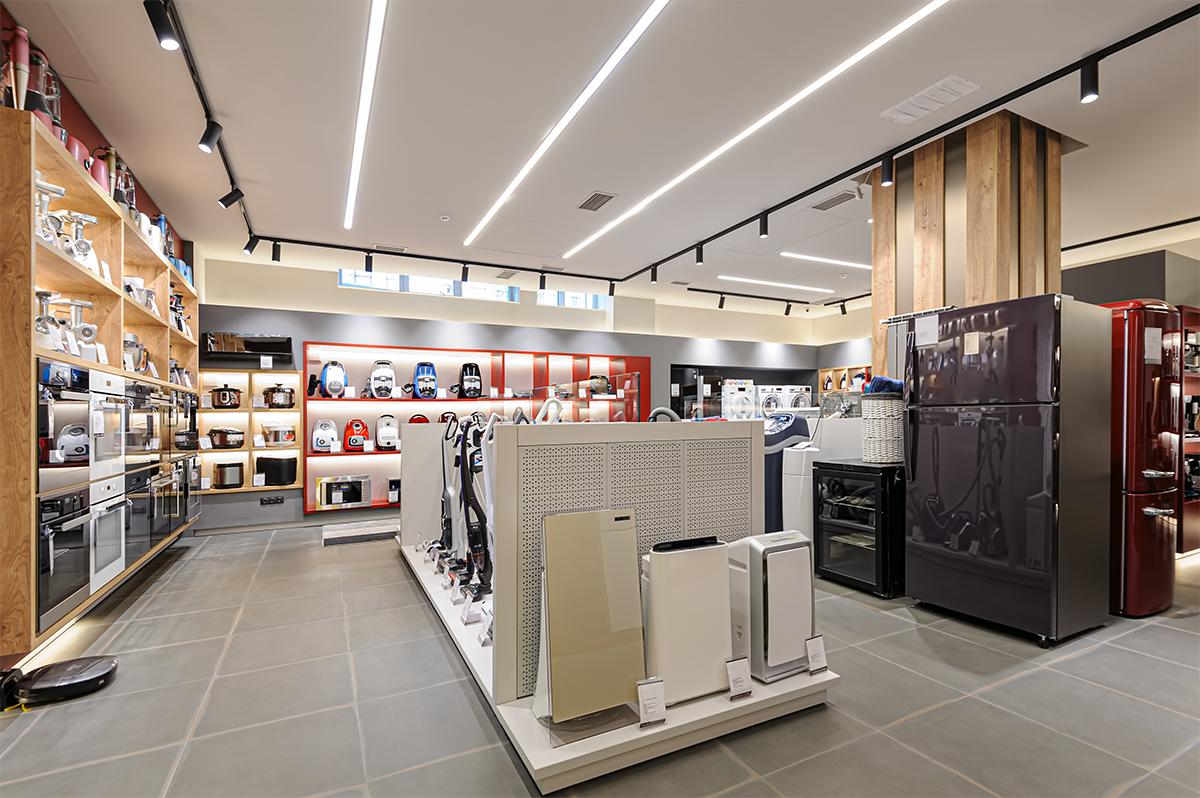
Smart retail lighting delivers a flexible, future-proof solution
Smart retail lighting is the exercise of building interoperability and addressability into intelligent lighting systems. The lighting systems are transformed into smart nodes that send, receive, and even relay digital data. They can be controlled, programmed and automated individually or in groups based on data collected from environmental sensors, local controllers, control devices (e.g., smartphones), centralized servers, or any combination of these. Data-driven insights are used to optimize the delivery of light for amplified energy savings and enable predictive and preventive maintenance.
The combined use of embedded/centralized intelligence, network interoperability and individual addressability provides a way to make a single environment flexible enough to accommodate various visual merchandising tasks. A computer-controlled lighting network can become part of the building automation system by either sharing information using the same communication protocol, or using protocol translation gateways to harmonize dissimilar networks. Lighting control systems provide a mechanism to integrate lighting into the IoT when they support TCP/IP communication.
The dialogue between digital control and lighting technology
Smart retail lighting is riding the wave of the cutting-edge LED technology, which is one of the most exciting innovations in the lighting industry. The enormous advantages of this technology originate from the semiconductor-based light emission mechanism. Electron-hole recombination in the active region of a semiconductor p-n junction device results in the release of excess energy that takes the form of photons. Such electroluminescence can be engineered to transport electromagnetic energy of all wavelengths in the visible range and have a high quantum efficiency when it is made to occur in direct band gap semiconductors. This ability provides the possibility to create high efficiency, high flux density light sources with fully controllable color characteristics.
The magnitude of electroluminescence can be adjusted across the full range, which means an LED can be dimmed to deliver the right amount of light on demand. The nearly instantaneous response of LEDs to changing drive current makes it possible to synchronize lighting with control inputs. The switching cycles of LEDs are immeasurable and only limited by the driver’s switching capacity.
With superior controllability, LEDs can be flawlessly controlled by electronic circuits through drive current regulation. Smart lighting is about interaction and interoperation between the light source and control circuits. Being semiconductor devices, LEDs are endowed with the ability to work with digital control systems.
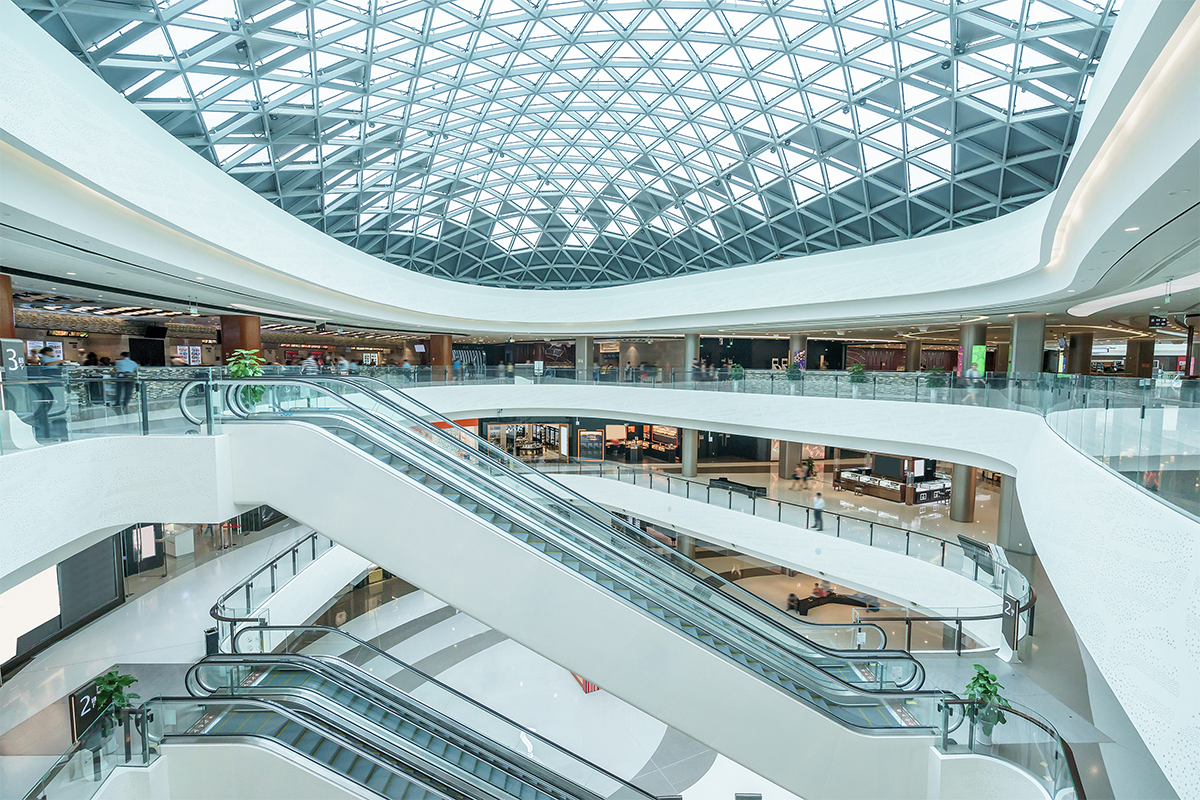
Smart retail lighting systems
The basic building block of a smart retail lighting solution is the connected, intelligent LED systems. A smart LED light differentiates itself from the dumb LED counterpart with a digital light controller which interfaces the LED driver with the network server, control devices and other network nodes. The controller has electronic circuits built into it to provide processing power and network connectivity. Specifically, it consists of a microprocessor core, memory block, transceiver and I/O ports. The microprocessor core runs software and algorithms hosted in the memory block to accomplish data acquisition, decode or demodulate the acquired data or received instruction into a useful form, and originate commands to operate the LED driver. It’s the manipulation of the power output of the LED driver that causes the luminous changes in LEDs. A constant current LED driver may be designed to drive one or more LED loads. LEDs run on power supplied by a constant voltage LED driver are provided with package- or chip-level drive current regulation.
Dynamic lighting
Smart lights used to be a static color system that cannot be tuned in its spectrum. Since the LED technology afforded the ability to dynamically tune the emitted spectrum of a multi-primary LED module or package, additive color mixing becomes a common feature of retail lighting systems. Dynamic lighting that allows for changes in light color and luminous intensity can provide interactive and immersive experiences in retail spaces.
Smart LED lights capable of providing tunable white lighting are increasingly installed in retail environments to support the concept of human centric lighting (HCL). By adjusting the correlated color temperature (CCT) and intensity of the emitted light, HCL systems can create scenes and modes that can evoke favorable psychological responses in customers for a higher level of emotional engagement.
A color changeable light, be it a full-color tuning system (RGB, RGBW, RGBA, RGBWA, etc.) or a CCT tunable light (tunable white or dim-to-warm), is a multi-channel LED system. Its operation relies on the controller’s ability to coordinate multiple LED loads and the driver’s ability to dim the LEDs. A dimmable LED driver changes the intensity of the connected LEDs using either a pulse-width modulation (PWM) technique or a constant current reduction (CCR) technique.
Networking technology
Connectivity is the key to holistic and flexible control of a retail lighting network. The transceiver of a smart LED light is designed to support one or more communication protocols, which can be either wired or wireless. Wired networking technologies such as power over Ethernet (PoE) and power line communication (PLC) do not require any extra wiring and provide high data bandwidth, but they are inherently deficient in flexibility and scalability.
Wireless networks based on the mesh topology are uniquely positioned to address the barriers prohibiting deployment of connected lighting systems at variable scales. A wireless mesh network broadcasts packets across the network to multiple radios and paths. Traffic is moved dynamically along optimal paths through intelligent self-reconfiguration. This ability overcomes communications interruptions such single points of failure and potential bottlenecks due to interference, physical obstruction or multipath fading.
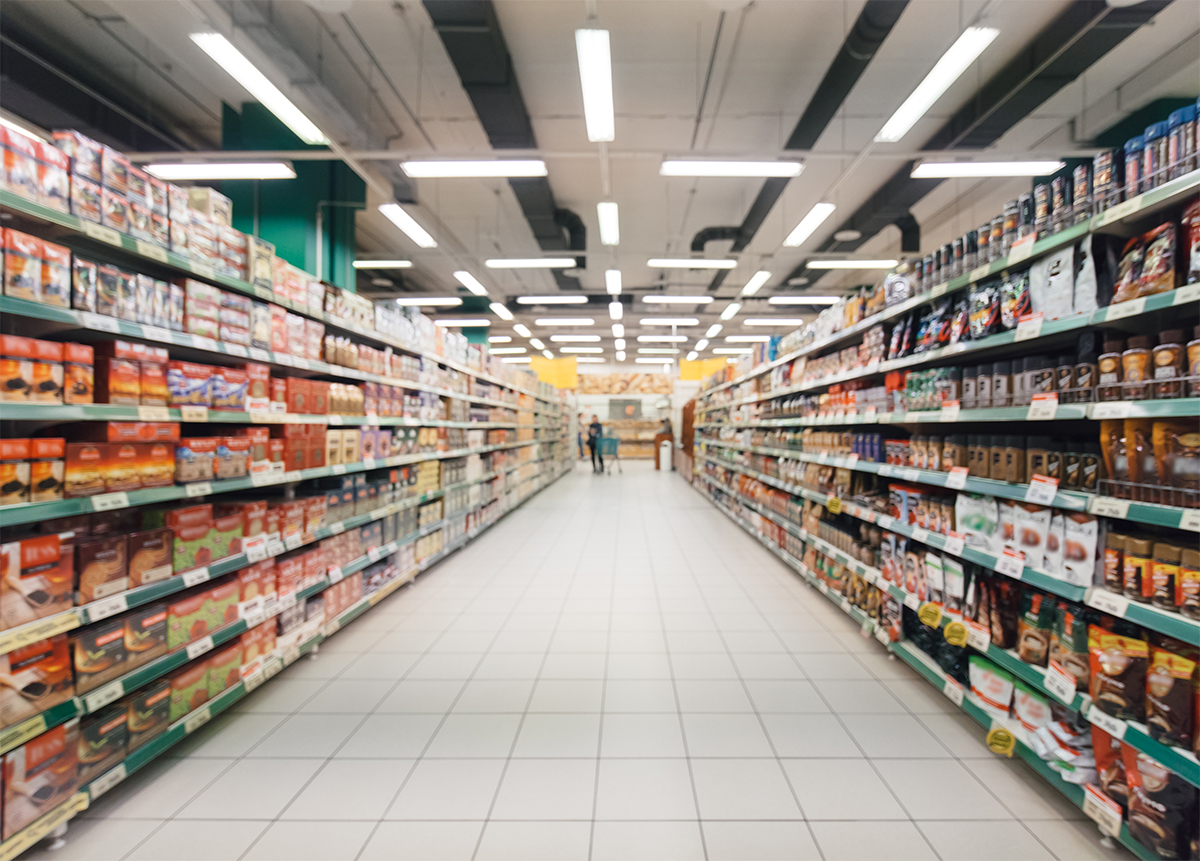
Mesh networks
By supporting multiple paths to reach a destination node and providing self-organization and self-healing capabilities, mesh networking solves the pain points of today’s connected lighting systems: reliability, interoperability, scalability and simplicity. A variety of protocols support the mesh topology. Bluetooth Mesh and ZigBee are among the most recognized mesh networks available. Both of them are specifically optimized for low power applications in embedded systems and accommodate a generous number of interconnections. Bluetooth Mesh operates as a managed flood network that supports up to 32,000 nodes per network and a maximum throughput of 1,000 Kbps. In ZigBee networks, data packets are transmitted through destination-based routing. This IEEE 802.15.4-based protocol is restricted to a maximum 250 Kbps throughput and relies on the use of gateways to form and administer the network. It supports small to large networks of up to 65,000 nodes.
Internet of Things (IoT)
Wireless mesh networks bridge the “last mile” gap between smart devices and the Internet. The use of an application layer gateway which converts RF packets into TCP/IP packets allows intelligent lighting systems to tap into the world of IoT. IoT refers to a global infrastructure contributed to by a universe of interrelated devices connected to the Internet. It is an agglomeration of various technologies e.g., sensing, networking, cloud computing, Big Data, machine learning (ML), artificial intelligence (AI) and machine-to-machine (M2M) communication. These technologies work together in tandem to enable interaction between the physical and digital worlds.
Integrating into the IoT infrastructure allows smart lighting systems to harvest the collective intelligence of the massive network of IoT devices. It also facilitates collaboration and information exchange between the connected devices to achieve a high level of network, semantic, and syntactic interoperability. Taking advantage of resources from the growing IoT infrastructure creates facility-wide, cross-organizational value. Orchestrating the lights and other smart endpoints with an IoT platform makes it possible to wring inefficiencies out of business operations, lend scalability and reliability to the lighting network, and equip users with the means to program and automate critical but complex lighting tasks.

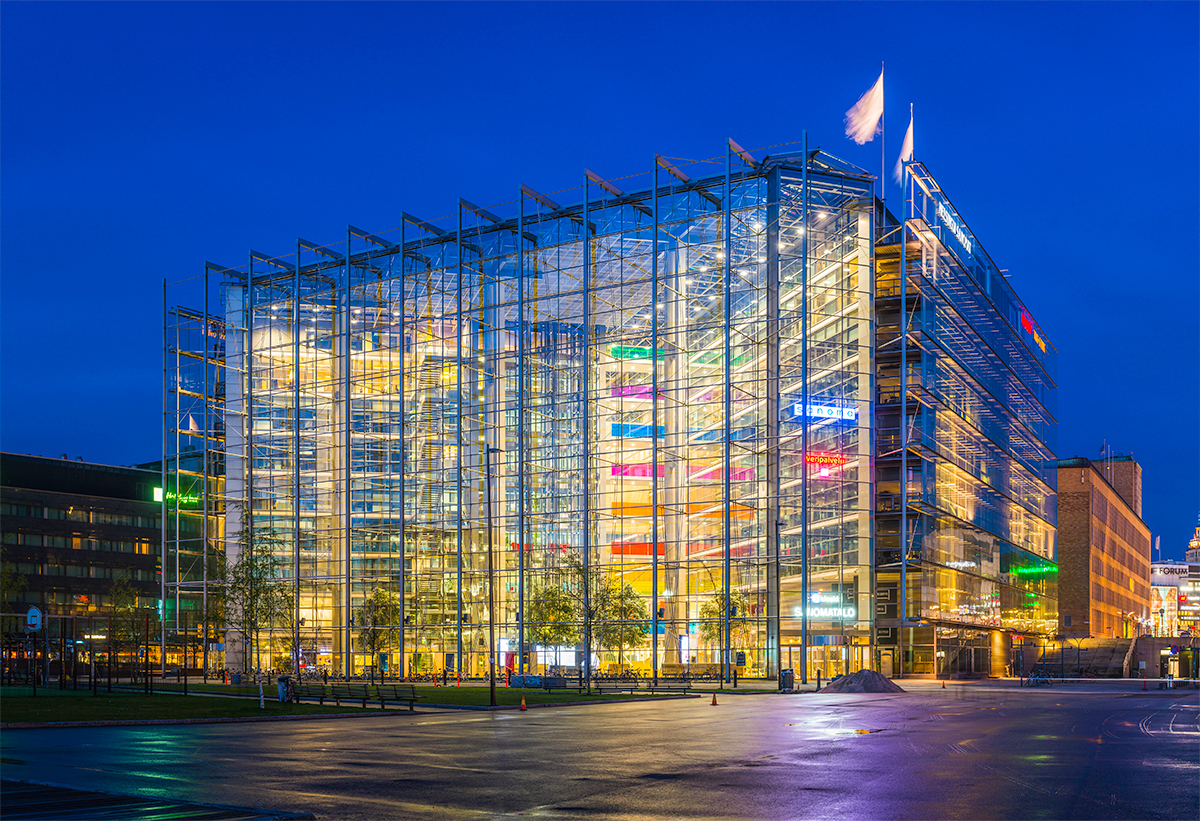



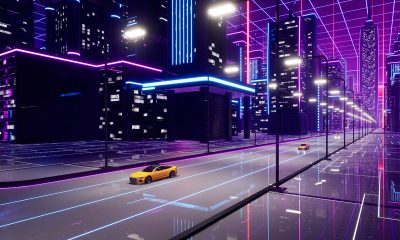
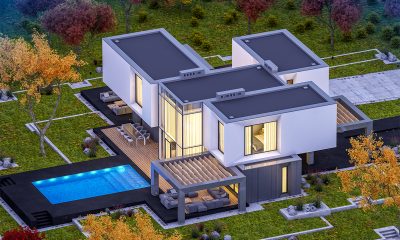
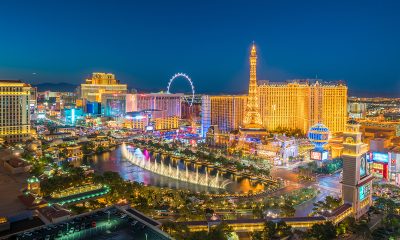

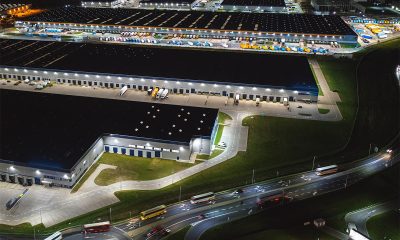

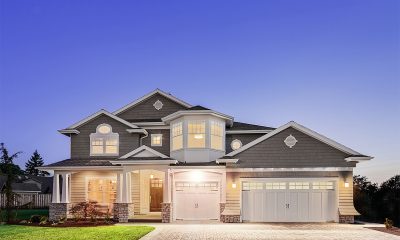
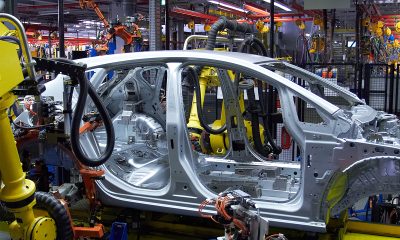
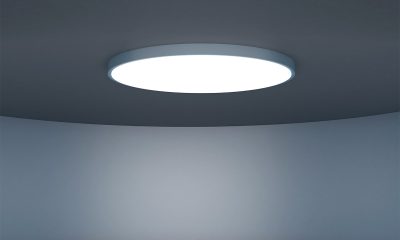





Loading...